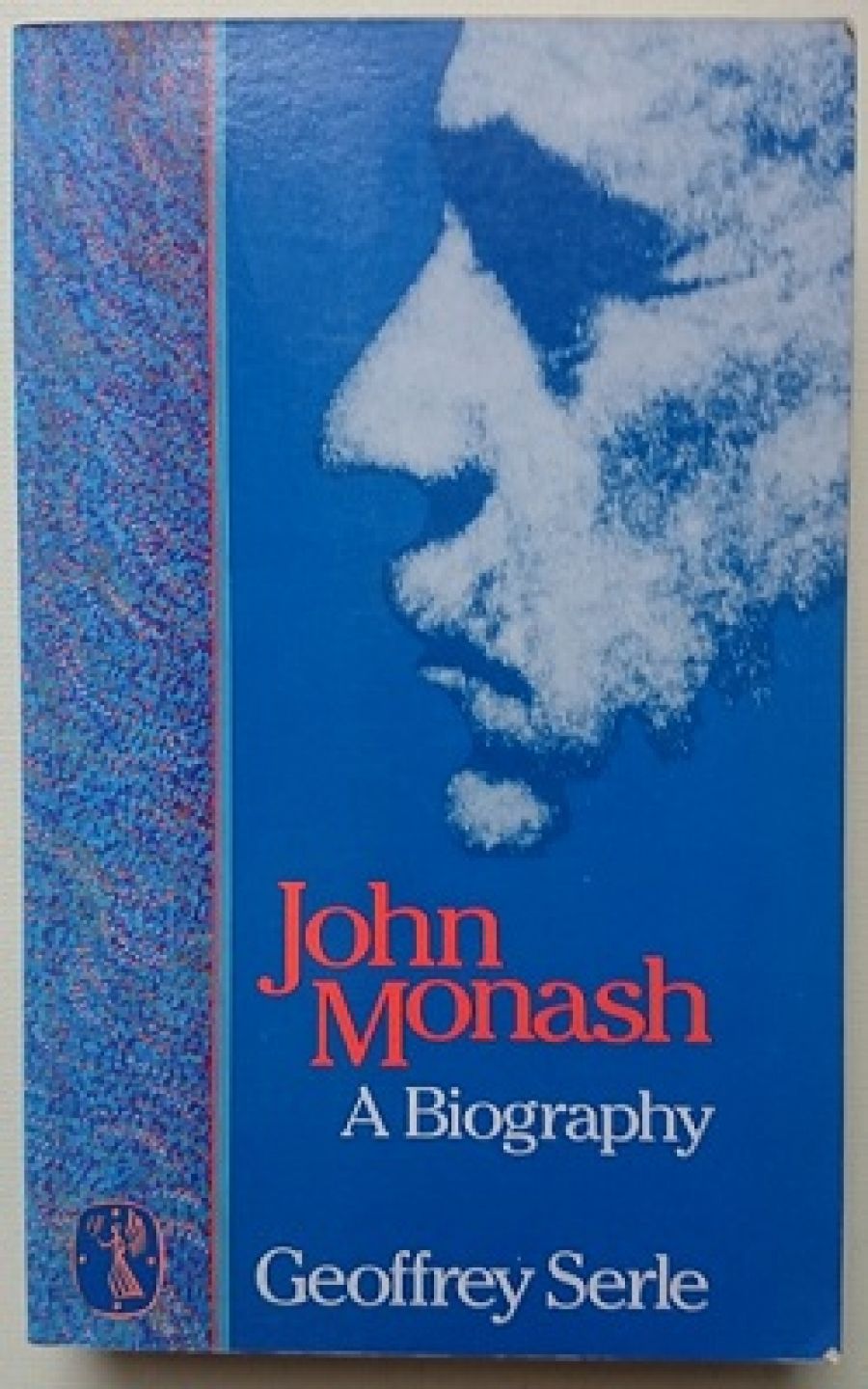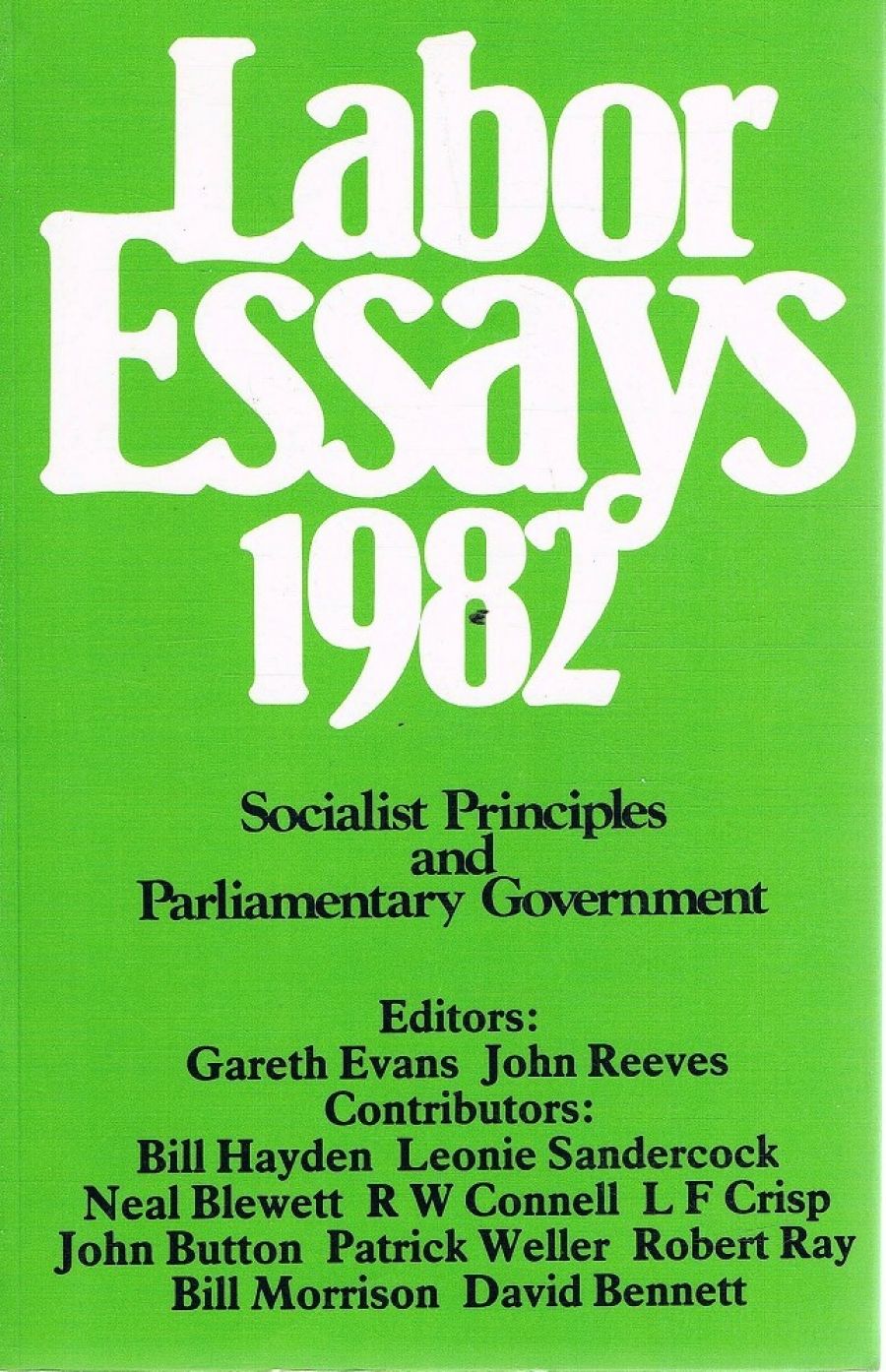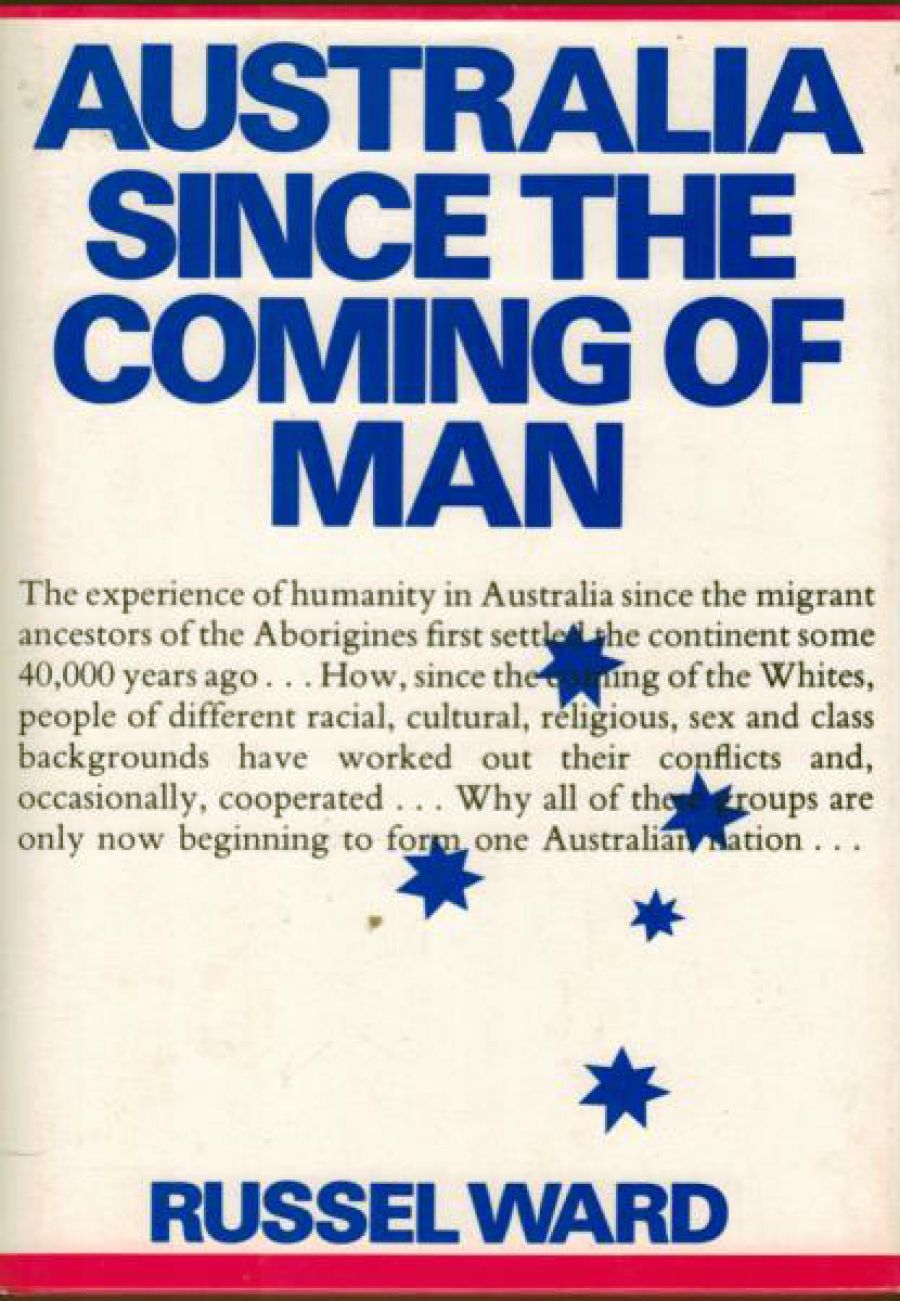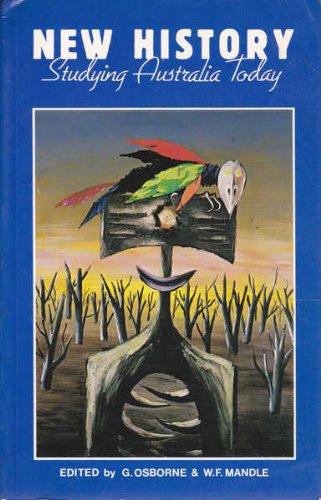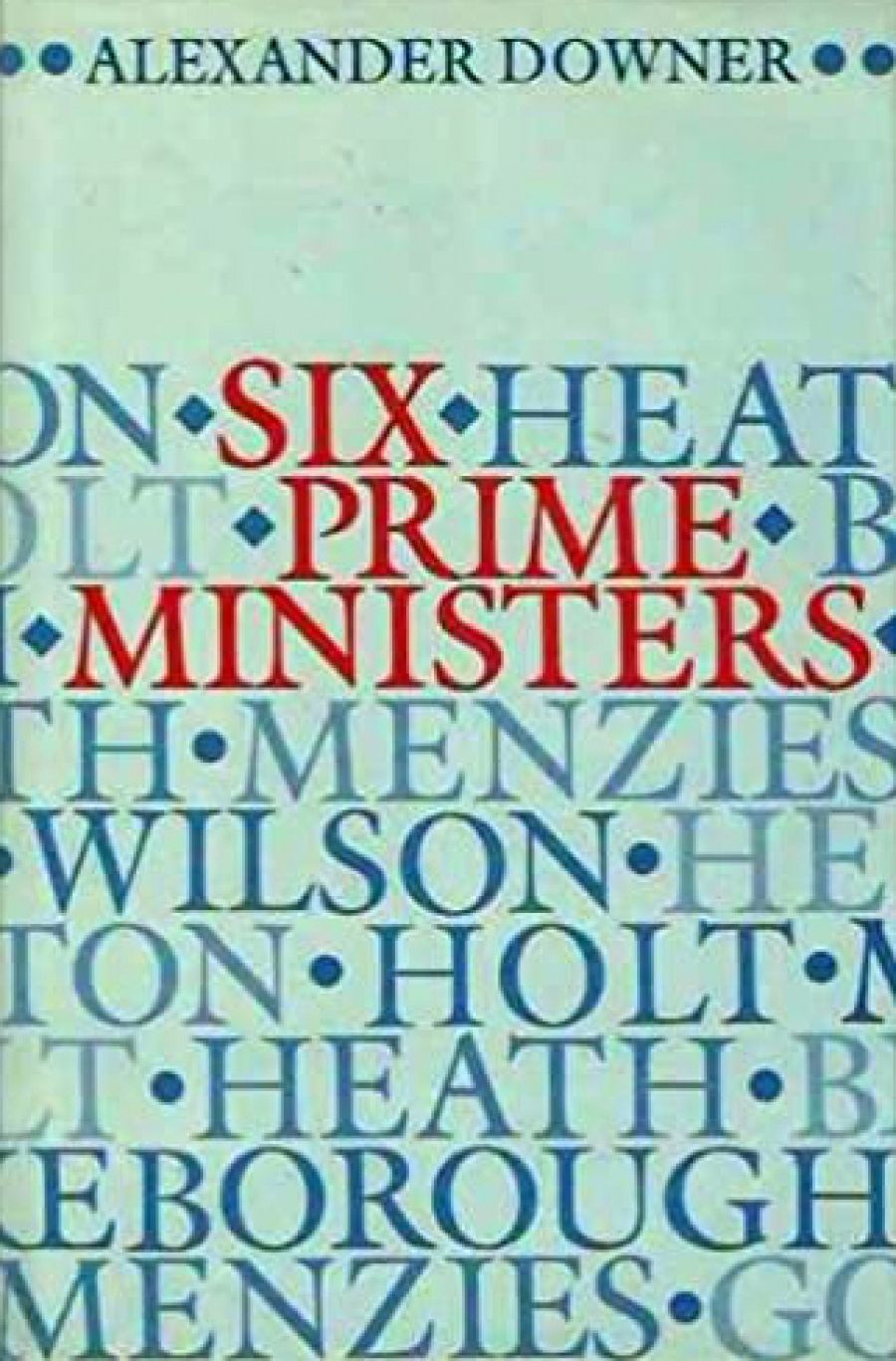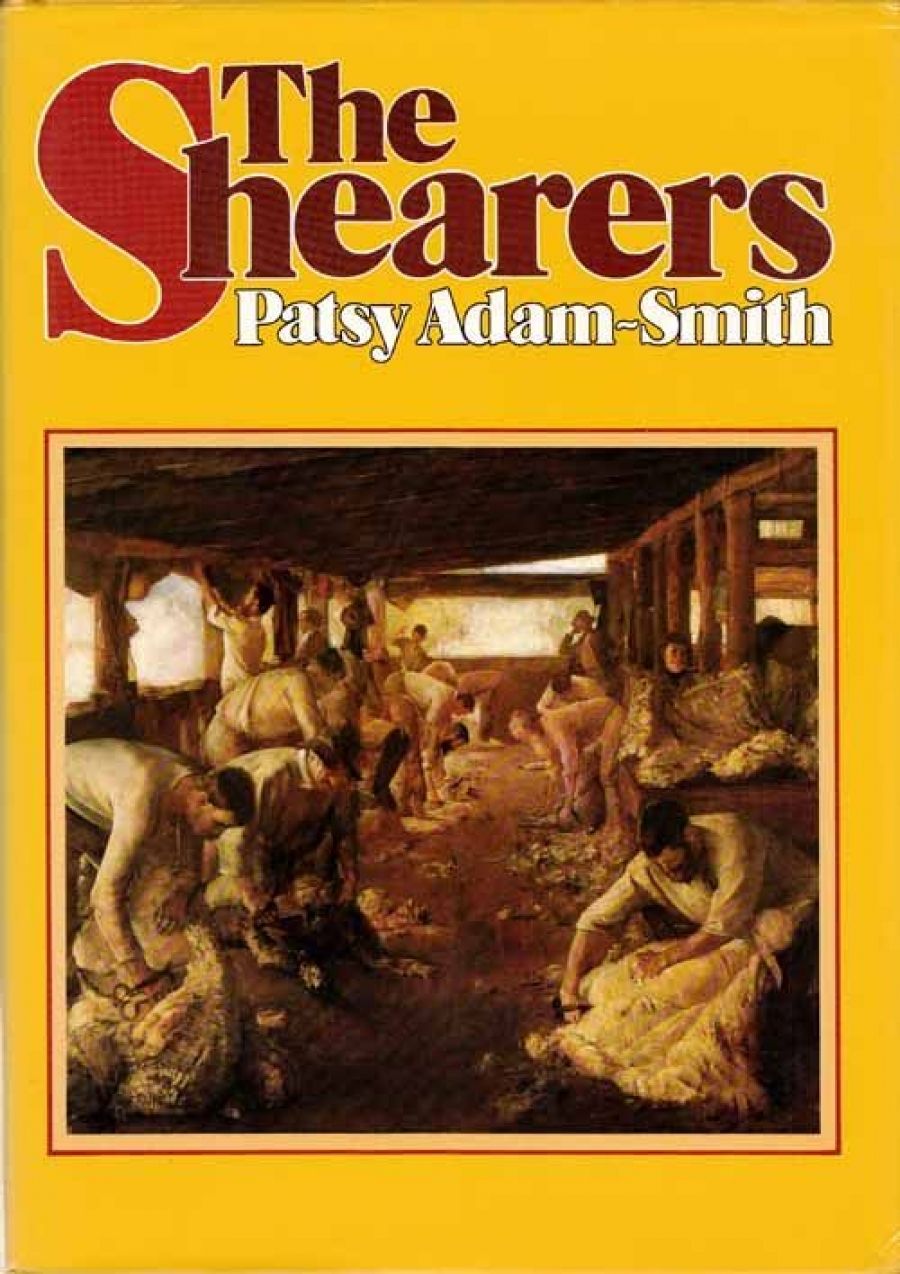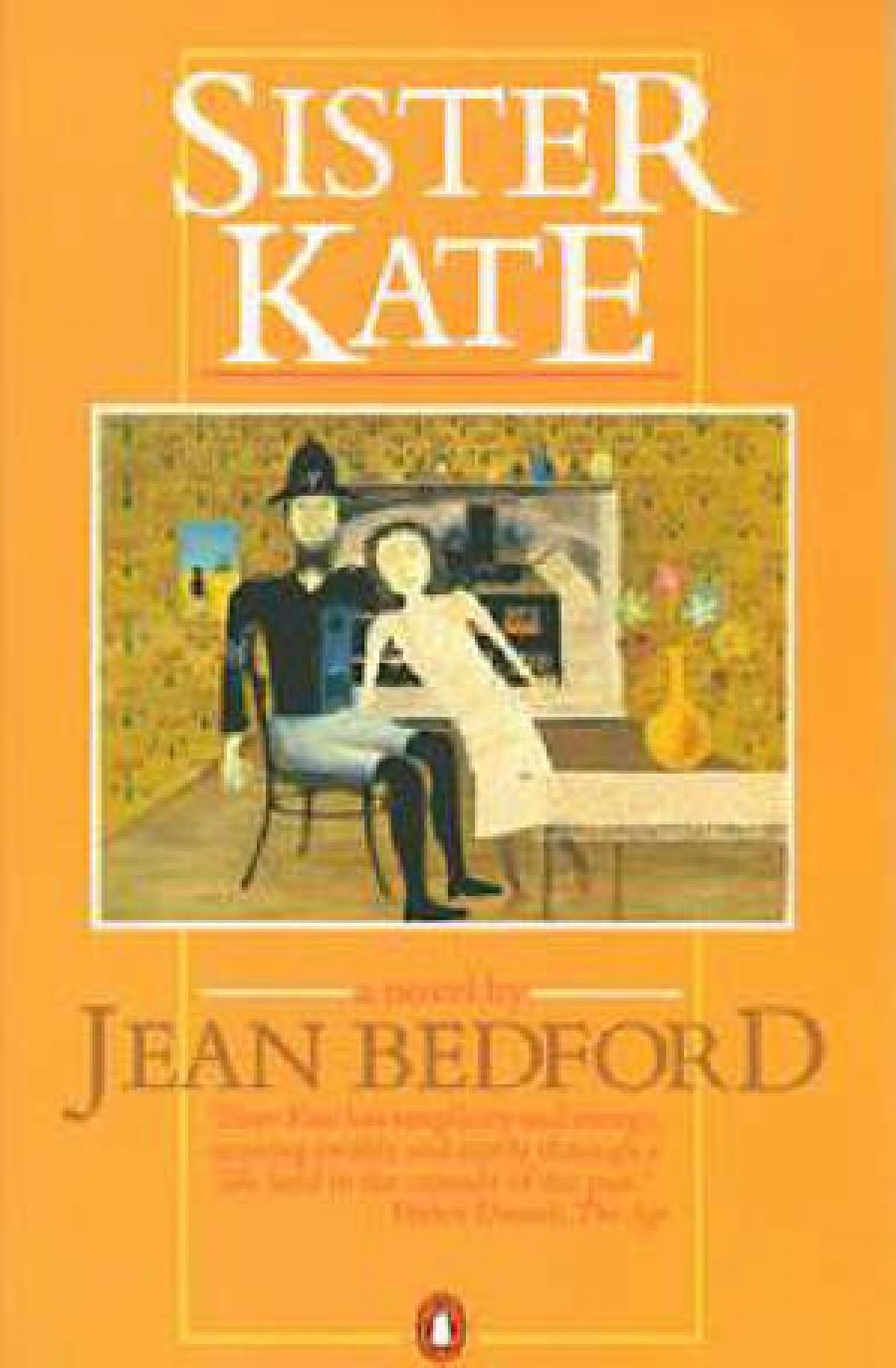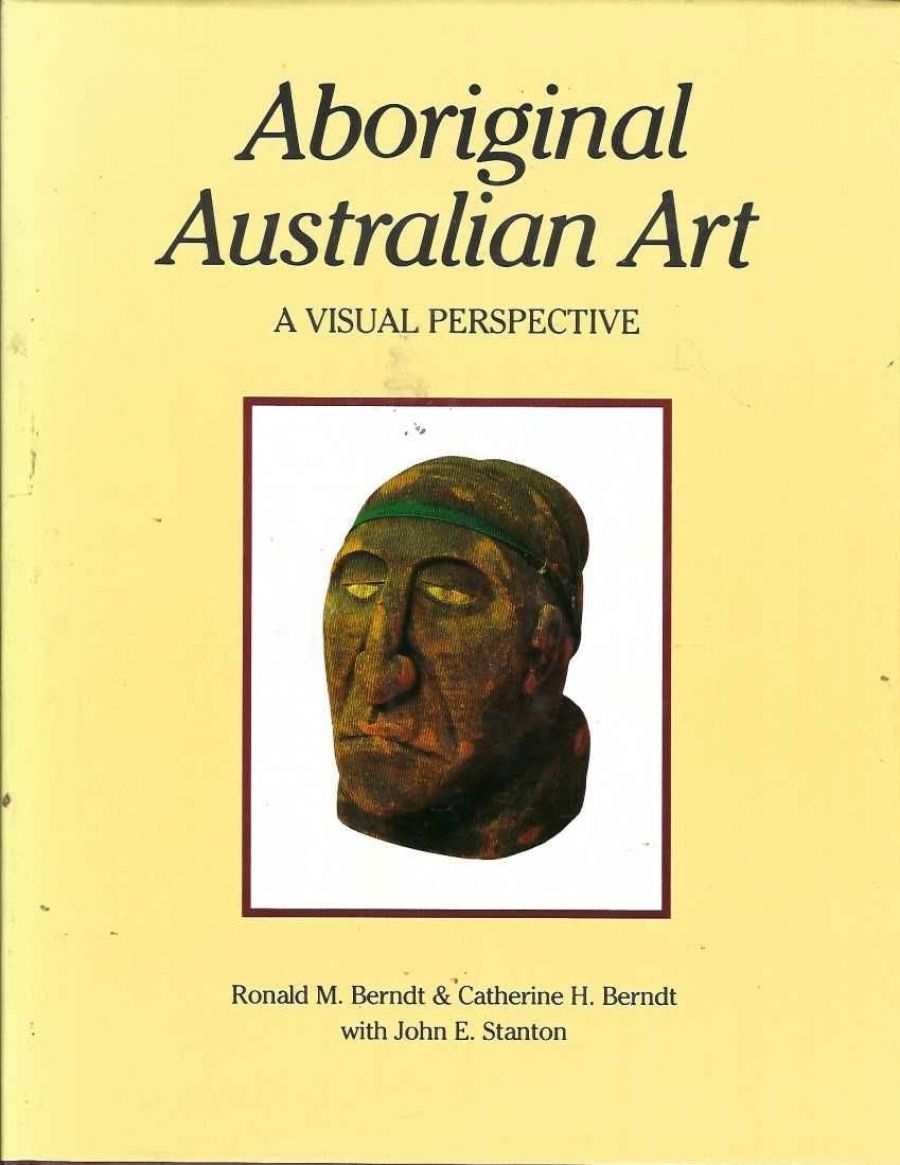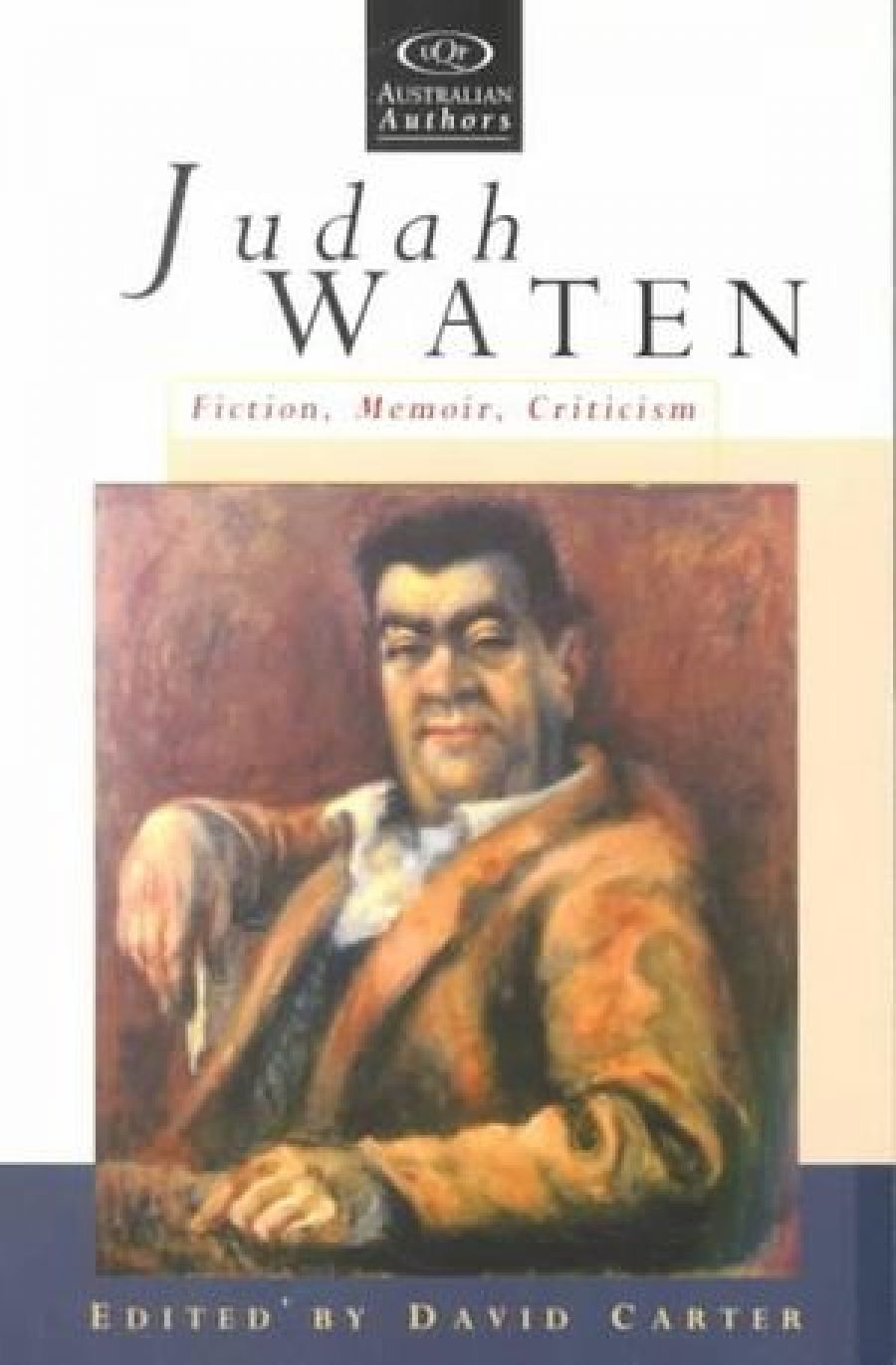
- Free Article: No
- Review Article: Yes
- Online Only: No
- Custom Highlight Text:
At seventy-one Judah Waten is not just another old soldier who refuses to fade away. Nor is he a man who keeps writing books out of habit. He is a born storyteller who writes when he has something to tell us. And the more he writes, the more powerful and persuasive his fictions become.
- Book 1 Title: Scenes of Revolutionary Life
- Book 1 Biblio: Angus & Robertson, 176 pp, $9.95 hb
At seventy-one Judah Waten is not just another old soldier who refuses to fade away. Nor is he a man who keeps writing books out of habit. He is a born storyteller who writes when he has something to tell us. And the more he writes, the more powerful and persuasive his fictions become.
Scenes of Revolutionary Life is a brilliant achievement; the work of a man at the peak of his power. Subtle, richly panoramic, and at the same time a splendid character study, this book tells the story of Torn Graves from youth to retirement age, his dedication to the Communist movement and his yearning to be a great writer, his love affair with Maggie Carlton, a brilliant student at Melbourne and later an Oxford don, and his unconsummated passion for Nadine Rose, Secretary for the Bloomsbury Branch of the Communist Party.
Read more: Mary Lord reviews 'Scenes of Revolutionary Life' by Judah Waten
Write comment (0 Comments)

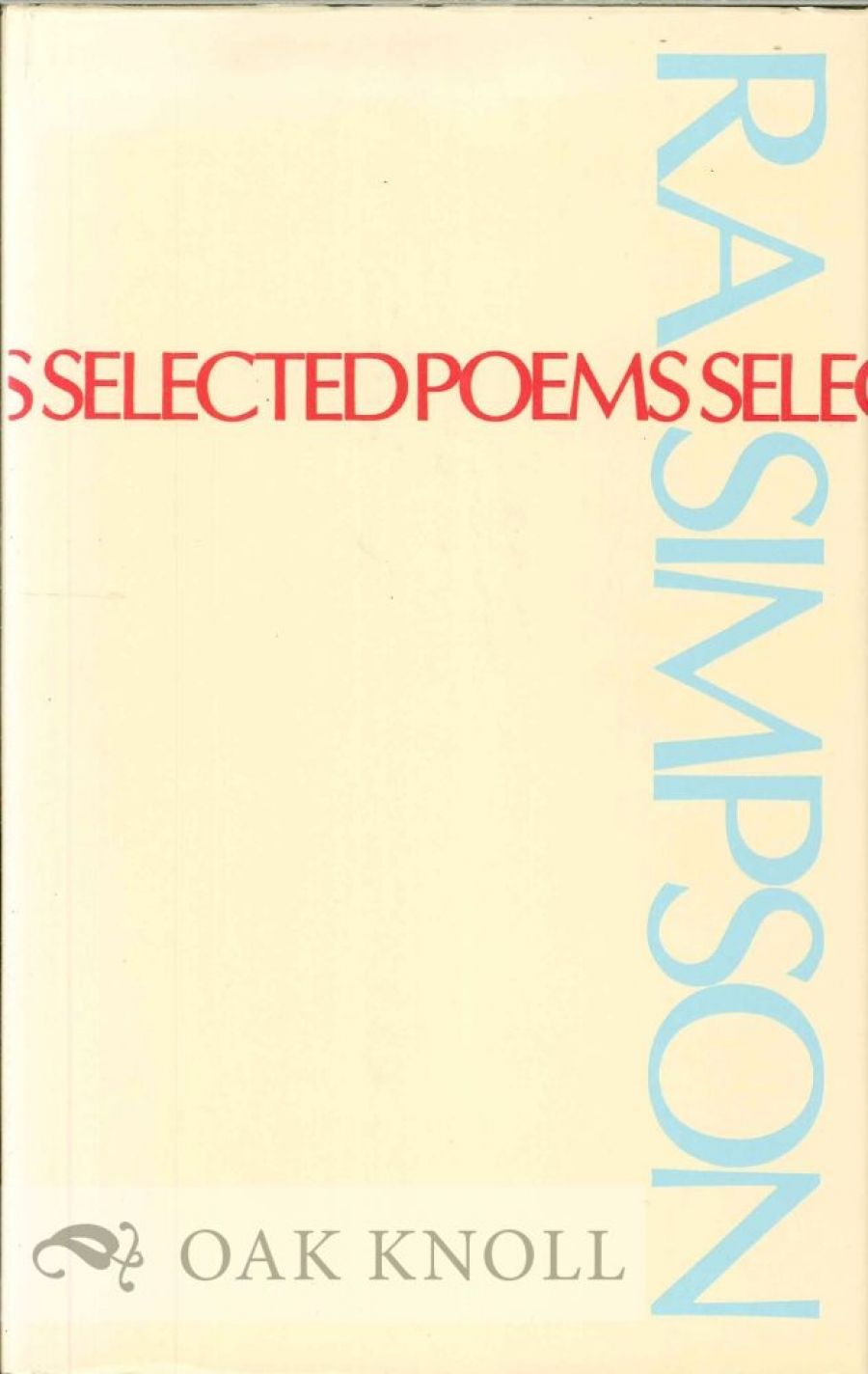
.jpg)

